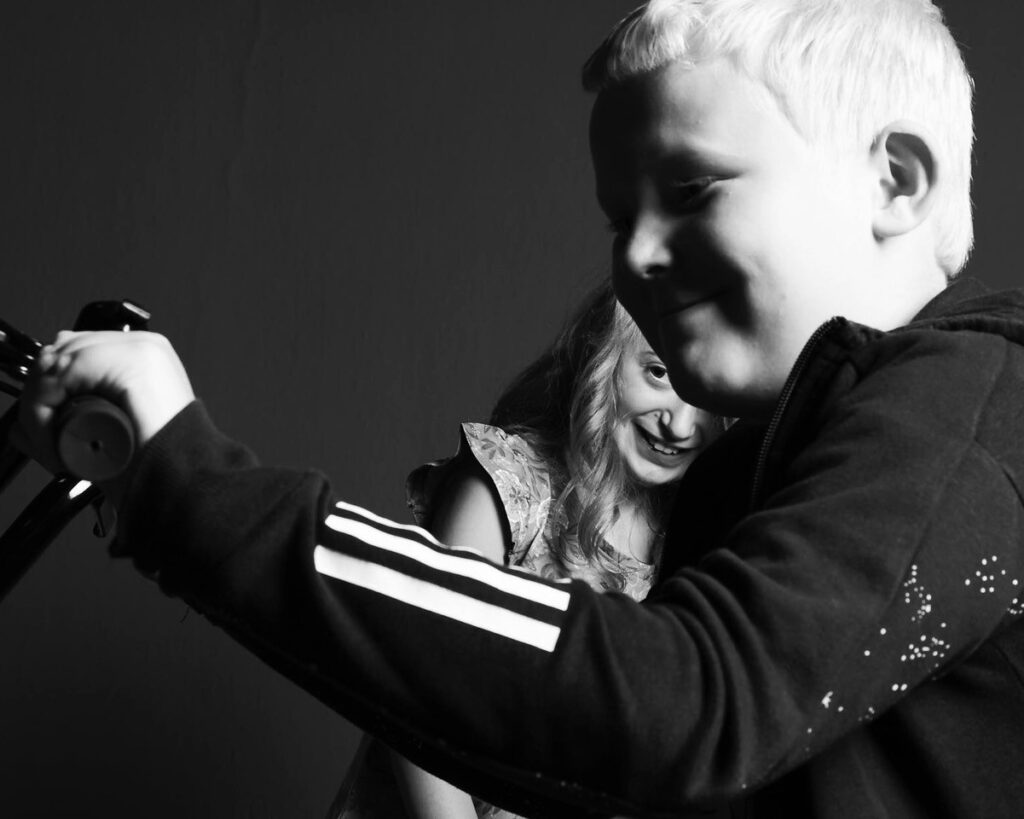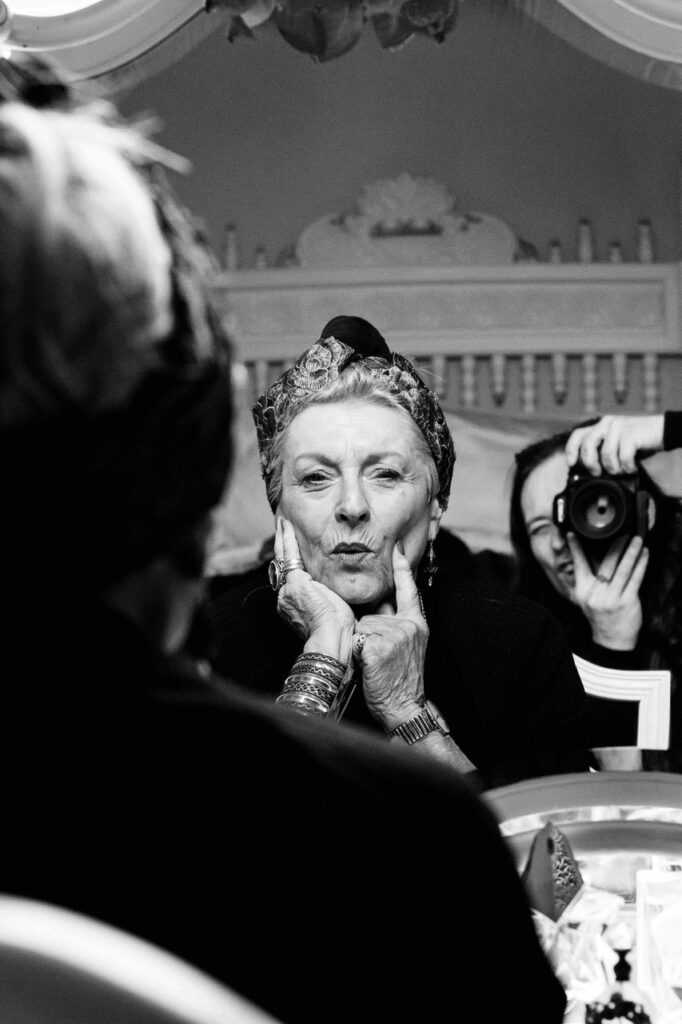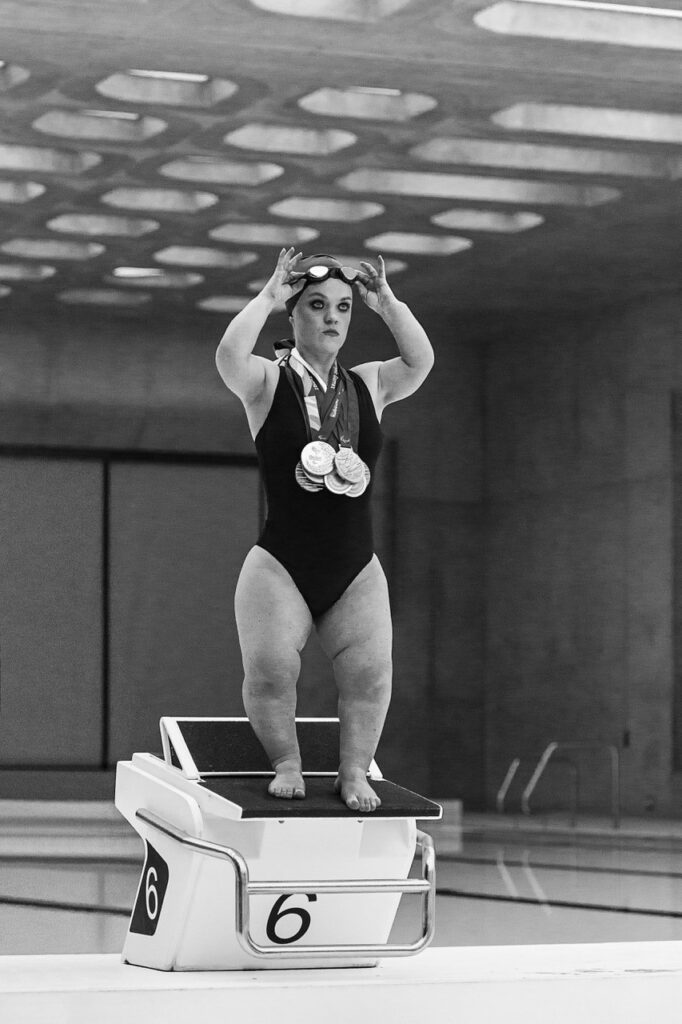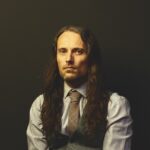As a photographer who is deafblind, I challenge stereotypes every day
Ian Treherne is a professional photographer from Southend, Essex. He has a condition called Usher syndrome, which affects both his vision and his hearing. In this blog for Deafblind Awareness Week 2023, he tells us about his love of photography, and of upending stereotypes about people who are deafblind.
I’ve been doing professional photography for the last 12 years. I specialise in black and white portraiture.
I’ve always been a creative person. Alongside photography and painting, I like to spend time reading books, playing guitar and writing music.
When I was a teenager, I found out I was going to lose my sight. That’s when I started seriously channeling my creativity into capturing images.

Being deafblind presents challenges, but it’s also inspired me
I have a condition called Usher syndrome, type 2, which has caused visual impairment. I’ve currently got about 5% of my eyesight left. I’m also profoundly deaf.
Being deafblind, to me, represents a lot of challenges in life, but also opens a lot of other doors, which I would probably never experience if I was fully sighted and fully hearing.

For me as a human being, it’s made me very sensitive, and I have lots of empathy for other people. A lot of understanding and kindness and wanting to help others more.
When I found out, at the age of 15, that I was going to lose my sight, suddenly, imagery became massively important to me. I wanted to see everything, before I couldn’t any more.
That’s what got me excited about taking up photography. I wanted to emulate the ‘90s photographers I admired in my sister’s fashion magazines, like the German photographer Peter Lindbergh. I also looked up to Dennis Stock, who photographed James Dean in his early years.
They inspired me to have a go. I’m self-taught – I didn’t go to college or uni. But it turned out I had a good eye for photos, despite my blindness.
My career upends people’s expectations of deafblind people
I do photography because I really enjoy doing it and I love being creative, but I also like to – I’m trying to think of a polite, nice word – but I like to mindf**k people, basically.
Because, being a photographer who is practically blind, it’s going to hurt people’s brains. It doesn’t fit with people’s ideas.
Often, people can’t get their heads around the fact that deafblind people can be different. When I used to use my white cane, for example, I would get so many judgemental stares. Because I would be reading a book, or texting.
I could feel people’s brains ticking over, thinking: “How does that work? That’s not fitting into my idea of what a deafblind person looks like.” That’s what we’re up against a lot of the time.
I like that my being a photographer challenges people’s ideas of what blind people can do.
I’m proud to champion inclusion behind and in front of the camera lens

As my blindness has progressed over the years, my world has become smaller. I spend a lot of time on my own. So for me, photography is a bridge to society.
One of the biggest reasons I do photography is to connect with people. I’m always interested in bringing out the best in them, their confidence, and hopefully capturing something unique and beautiful about them.
Being behind the camera has led me to meet so many different types of people I would never have met otherwise.
A definite highlight of my career was being asked to shoot athletes for Channel 4’s “We’re the superhumans” Tokyo Paralympics campaign in 2021. I won a D&AD Pencil for this campaign, which is a prestigious award in the advertising world.
I was also really proud to work on a job with a well-known photographer called Rankin, which was a really inclusive project working with lots of people with disabilities.
There’s some apprehension and fear, in the world of commercial photography, when it comes to photographing people with disabilities. For me, shooting people with disabilities is no big hardship – you just have to be open-minded and compassionate.
Often, it can feel like we disabled people have to fit into the world of non-disabled people. But on that job, it felt like Rankin and his team tried hard to fit into our world, and came away from it having learned about us. It was how it should be, both in front of and behind the lens.
But the biggest highlight of my career, for me, is the amount of other blind photographers that contact me to say thanks for what I’m doing.
Lots of amateur blind photographers say that I’ve inspired them to pick up a camera and have a go at photography. Why should we be limited by society’s ideas of us?
For me, it’s all about setting up that next generation of blind photographers, who will hopefully not have to battle so hard against society’s obstacles.
It’s Deafblind Awareness Week
From 26 June – 2 July 2023, we’re helping to raise awareness about the thousands of people living with deafblindness in the UK.
Want more inspiring stories like this in your inbox?
Sign up to get stories, news from our campaigns and ways to get involved, all delivered to your inbox.

